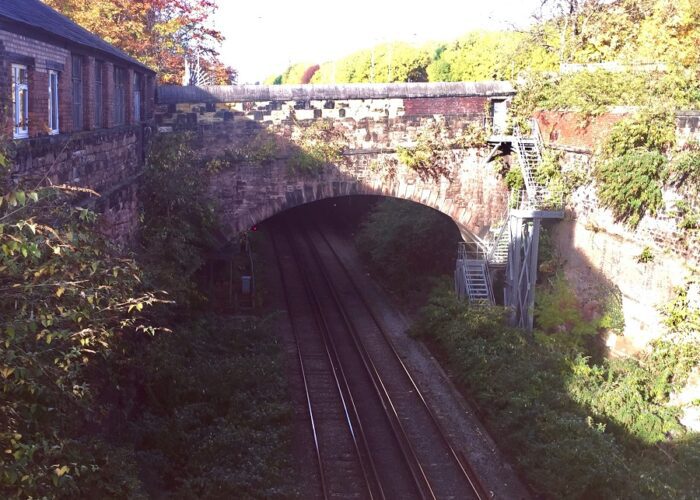
Businesses in the Baltic Triangle believe reopening an old disused train station will bring money and jobs into the area.
St James Street station closed almost a century ago back in 1917 and never reopened, but many have confidence that having access to the station in the future will bring investment to the once-forlorn Baltic district.
The station is located at the junction of Parliament Street and St James Place and sits near other major development sites, including the £200m new Chinatown scheme.
Mark Lawler, Managing Director of Baltic Creative, told JMU Journalism: “Reopening the station would be a game changer for the Baltic Triangle. Over the past five years, the area has seen some transformational change with massive investment not just from Baltic Creative, but from other investors, both in commercial and residential property.
“That, combined with the continued investment of the waterfront and the close proximity of the station to the residential community in L8 [Toxteth], suggests to us and all stakeholders that there is absolutely a need at the very least to assess need and demand for the reopening of the station.”
YouTube: Liverpool Daily Post
Mr Lawler added: “One of the key issues we have found after talking with other businesses, is that companies that employ 40-plus people struggle to get all of their employees to the Baltic area; the majority of which use Central Station and then have to walk 15-20 minutes to get to work on time.
“The reopening of the station would unlock massive opportunities based on our vision for the area within the next five to 10 years and would also ease pressure on Central Station in terms of mass commuting.”
Merseytravel has confirmed that St James Street station is currently under review and a ‘need and demand’ assessment is to be completed by March 2017. If plans are to go ahead, the estimated cost of the project could be between £20m – £50m.
A spokesperson for Merseytravel told JMU Journalism: “We’re currently doing a feasibility study on a number of potential stations that could re-open in the Baltic region. There’s no current design plans in the works. It’s an underground station and those type of projects do tend to cost a lot more to build than a standard station.”

